“Sustainability” needs a new brand strategy
How green-washing has led to green-hushing – what that means – how ZZ Ziff from Salute Your Shorts radicalized me – comfort knowing some big brains are tackling these issues.
Sometimes I find myself in rooms with incredibly talented humans having conversations about how to make the world a better place. And that’s why I started this substack - to share out their lessons and my ramblings, connected to business and marketing and strategy today. With elder millennial pop culture references.
Earlier this week, I attended a Sustainability Social held at Nomad Collab, organized by Karen John of Heartmade with Natalie Hartkopf (CEO of Hightower), Annie Bevan (CEO of Mindful Materials) and Candon Murphy (firmwide resource material manager, HOK).
I was there to meet Natalie in person, as I had done a project for Hightower during the pandemic and had never actually met. And, if anyone was having honest and hard conversations about sustainability, it’s Natalie.
I learned a few things last night - and felt that pendulum swing of hope and dread - so writing is me trying to swing back firmly into optimistic territory.
The overall theme of the night was how do professionals in the built environment think about sustainability - at all, in their work, designing and creating and building. While acknowledging that this industry has the largest footprint. And there’s a housing crisis. And frankly, we need to keep building.
Then you go outside of your bubble, and it feels like sustainability is a dirty word.
The TL/DR lesson from the night was: So much is about impact and intention.
And we all have to celebrate progress.
And as they talked about the changing sentiment of the word SUSTAINABILITY, the convo turned to the swing from Green-Washing to Green-Hushing, a term I had not heard before but totally understand - as a consumer and a marketer.
Green-Hushing means that companies are in fact doing the work, making things better. But they're not saying anything, or they’re quietly whispering it on the bottom of product details pages or in small font on instruction manuals no one reads, because they know they’re not doing everything ONE HUNDRED PERCENT.
And they, or their competitors, have been blasted for just that - saying they’re committed to progress but still doing some dirty things. This is where intention makes all the difference - but who and how can we ascertain that?
The challenges of sustainability are vast and deep, affecting individuals and corporations. Of course. As someone who grew up in Northern NJ, I remember smoggy days blocking my view of lower Manhattan. And I don’t see that anymore (but will we again soon…. )
We’ve made progress, and we still have so much more work to do.
I’ve done strategy projects for companies helping them navigate these murky waters, helping them see how they have the right to talk about what they have done in the name of sustainability efforts, while also acknowledging they have more work to do. Because that's the best any of us can do, right? No one is doing anything one hundred percent.
Which is what kept me up at night after this talk.
Why is it so hard to talk about sustainability? Why do we expect things to be perfect - when literally nothing is perfect around us?
During the talk, many talked about frustrations. Lack of understanding of how to do things better. Lack of consistency on what better even means. Resource constraints means less time to learn and listen. And while these important aspects were discussed, I felt this energy like “no, we can’t give in to despair.” And then someone else would share an encouraging story or anecdote or proof point, that felt like a light of hope.
One person from the architecture industry shared that those who are committed to the work are going to keep quietly at it.
And, because there was been steady work and improvements over the past two decades, it’s (relatively) easier to spec and furnish projects - that also don’t cost more. So you could build a carbon neutral building furnished with better materials, designed to have the best impact on human health and experience - and no one would actually have to know.
Which is then what I spiraled about all night - sustainability has a huge marketing problem. (Many “liberal’ issues do).
Because those who do this work and know what this means - they don’t need convincing.
But these days, it feels like people have a negative reaction when they hear something they are not familiar with, don’t understand or may challenge some other truths that they’ve held to be self-evident.
Because - sometimes - when people start talking about sustainability and alphabet soup of certifications, those who don’t know or don’t understand may only hear ZZ Ziff’s Earth Day song.
In case you don’t know the show (if you were born after 1990) or can’t view the YouTube clip, the hippie camper ZZ Ziff sings this banger at the Environmental Day event : "If we don't change the way we live, we'll be covered in PUKE AND ROTTING GARBAGE! IT'S ALL YOUR FAULT!!!"
The scene was like a young Phoebe Buffay having an environmental meltdown like Jessie Spano on speed - at camp.
Her intentions are amazing. Her approach? Not so great.
Companies committed to sustainability may see this and be like, “Hey Girl - that’s not at all what we are doing! We are not ZZ Ziffing it!”
And I agree.
But some people don’t. Maybe it’s because we talked about sustainability without defining what that actually means - and not celebrating the progress - that now some brains no longer process the word sustainability without triggering a negative response. Like in Mars Attacks.
The aliens land on Earth and their only weakness is this song: it makes them stop their killing as their eyes glaze over and their brains explode.
Also - look at this guy, Slim Whitman. If he isn’t the poster boy of the mediocre white male of the 1950s, he should be.
So then companies who live in the middle are caught. Those who don’t want to believe that climate change is real - or don’t want to change their ways because who cares - all they hear is judgment and emotional outbursts and bleeding heart shit.
But what’s infuriating to me - an elder millennial who remembers smoggy NYC and has worked in consumer marketing and the built environment for twenty years - is that sustainability now makes good business sense.
I have to believe that there are people who heard ZZ Ziff’s song WHICH AIRED IN 1991 were inspired and then, maybe whether they realized it or not, did something with that. Went into product design. Learned about materiality. Researched better ways to build things - that last longer, look better, feel better. Maybe they’re the types that try to buy less on Amazon?
And it’s all messaging, right?
ZZ Ziff led with the impact on the environment (what is that), the world (that’s too big to comprehend) and the future (that’s too far away). When she should have put the impact into the value system that her peers cared about.
Like the brilliant Mr Spanakopita, the garbage man.
Because he was a wise old hippie that was used to being judged, he learned how to shift the story to stop the judgement.
He taught the value of repositioning, for capitalism.
He taught them that you can earn money by recycling! (again, this was 1991).
The kids were previously shamed by zealous ZZ but now, with dollar bills and more candy in mind, they were excited to save the earth.
Anyone else remember John Waters’“Pecker”?
Celebrate the win!
Progress!
So as a marketer, it makes me sad that companies that want to do things better are giving in to Green-Hushing. I’ve worked with some that don’t give one shit and only prioritize profit.
And, especially since going out on my own, I’ve also worked with several that care so much it hurts.
This is also a uniquely American issue. When I joined Farrow & Ball in 2016, they had tons of fans & brand love, but not the sales commensurate with the amount of IG followers and likes. There were many reasons for this but what I identified right away is that they were not educating American consumers about their product, how they made their paint and why that is different, because they (the UK Head office) didn’t realize just how dirty the paint business here is.
Nor how woefully uninformed the American consumer was about this.
So we couldn’t come out and scare them about toxins in their paint (there are - don’t buy a gallon of paint for $20 please).
But instead, we could talk to them about our ingredients, our process, our certifications. We could position ourselves with other designers and makers and creatives who were just known for doing things better. And of course, we had to do it in a fun way that cut through the noise.
Enter the Farrow & Ball x Lewis Miller Designs partnership to celebrate our new wallpapers - launched during Fashion Week September 2017 with strategically placed flower flashes, wild wheat pasting and a truly special dinner party hosted on a basketball court in the Lower East Side.
And this is a common issue that is getting harder to figure out. How to talk about green initiatives, sustainability, ‘better for you’ without getting it ALL one hundred percent right, and from day one.
Because from day one - is impossible. Let’s be clear.
What most homeowners don’t know is how to even get those credentials. The process is expensive and long (18 months) and convoluted. It needs to be improved, but we are not there yet. And it needs to be laborious - exactly because of GREEN WASHING.
And while manufacturers have a responsibility to do better. So do we as individuals.
At the Sustainability Social, Candon was such a beacon of hope and optimism at the talk - also put the ownness on the audience as individuals. She talked about the Amazonification of everything. And urged the attendees to remember - just because you can buy things so quickly and cheaply (for now ) - doesn’t mean you should.
So then I did a dumb thing the morning after.
I’m an elder millennial toddler mom in suburbia that sends my daughter to a nice childcare center. This year, for Valentine’s Day, I was the only one who sent in folded paper cards with stickers inside. EVERYONE SENT STUFF.
This is not even half of her swag from the 2 year old Valentine’s Day party.
So when texts started flying about doing an Easter egg hunt at the non-denominational school, I felt icky. I debated saying anything, but then thought - fuck it, if you want to be the change etc, then let’s go.
I asked if we could just do eggs and not send in a ton of tchotckes, just focus on the fun.
You would have thought I had said the Easter Bunny is Dead.
The anger? Defensiveness? Judgment? About how their kid loved the swag from Valentines. And they just want their kids to have a fun party and enjoy life. And they love this junk because it is another thing for their kids to play with and isn’t having a toddler hard enough?!
I wanted to be like - ladies i get it! And yes toddlers are hard! But none of these cheap shit plastic bitties from who knows where is good. And if we all say we want to leave our kids with a better world than we found it (does anyone still say?!), then maybe we should buy less shitty toys - and get fewer better ones?
And - this daycare egg hunt is likely the 2nd or 3rd for most kids (or first for those who don’t celebrate this holiday rooted in Christianity) - so why are we adding in more junk!?
I asked my husband if I was insane, and he said yes absolutely. Which made me spiral more to figure out why and how. And I kept going back to going back to Ms ZZ Ziff. And our honeymoon in Belize.
We made friends with the owners and team at Rojo Lounge & Casa Azul (RIP), who took us on island adventures in the lesser developed, northern areas of Ambergris Caye (this was in 2010 - right as Leo was starting to spend time with his 28 year olds). On one such adventure north, I commented on so much trash on the shore despite it being relatively desolate up there.
They told us about the tides move in such a way that garbage from cruises often end up on their shores. (Among other things - like bricks of cocaine).
And not like I was ever going to be a cruise person, but this made it clear that I would never set foot on one of those garbage monsters.
So, while I am pretty sure I am now labeled as the difficult mom in the toddler room thread, I’m going to keep speaking up when I can, as an individual. And, am still committed to working with companies that are doing things better, and want help Green-Celebrating.
No one person is perfect. No company is perfect.
There are good actors and bad actors. And we all need to be more open to listening and learning, and celebrating the progress and the small wins.


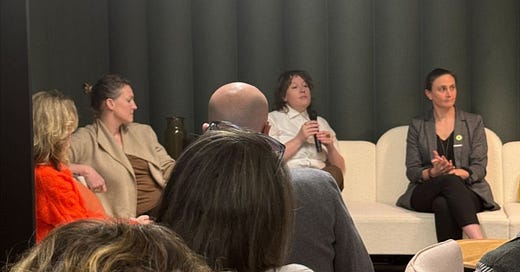



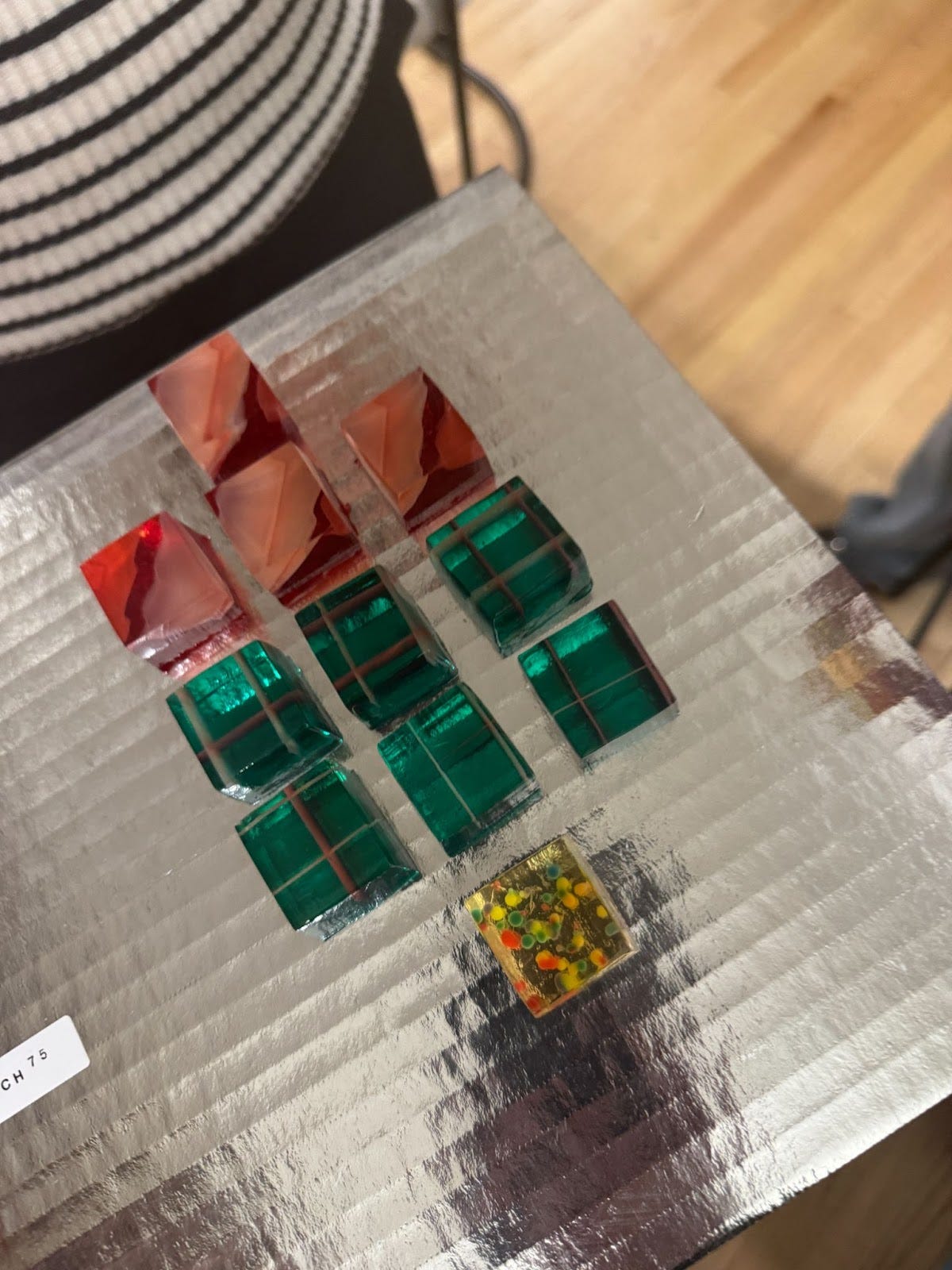

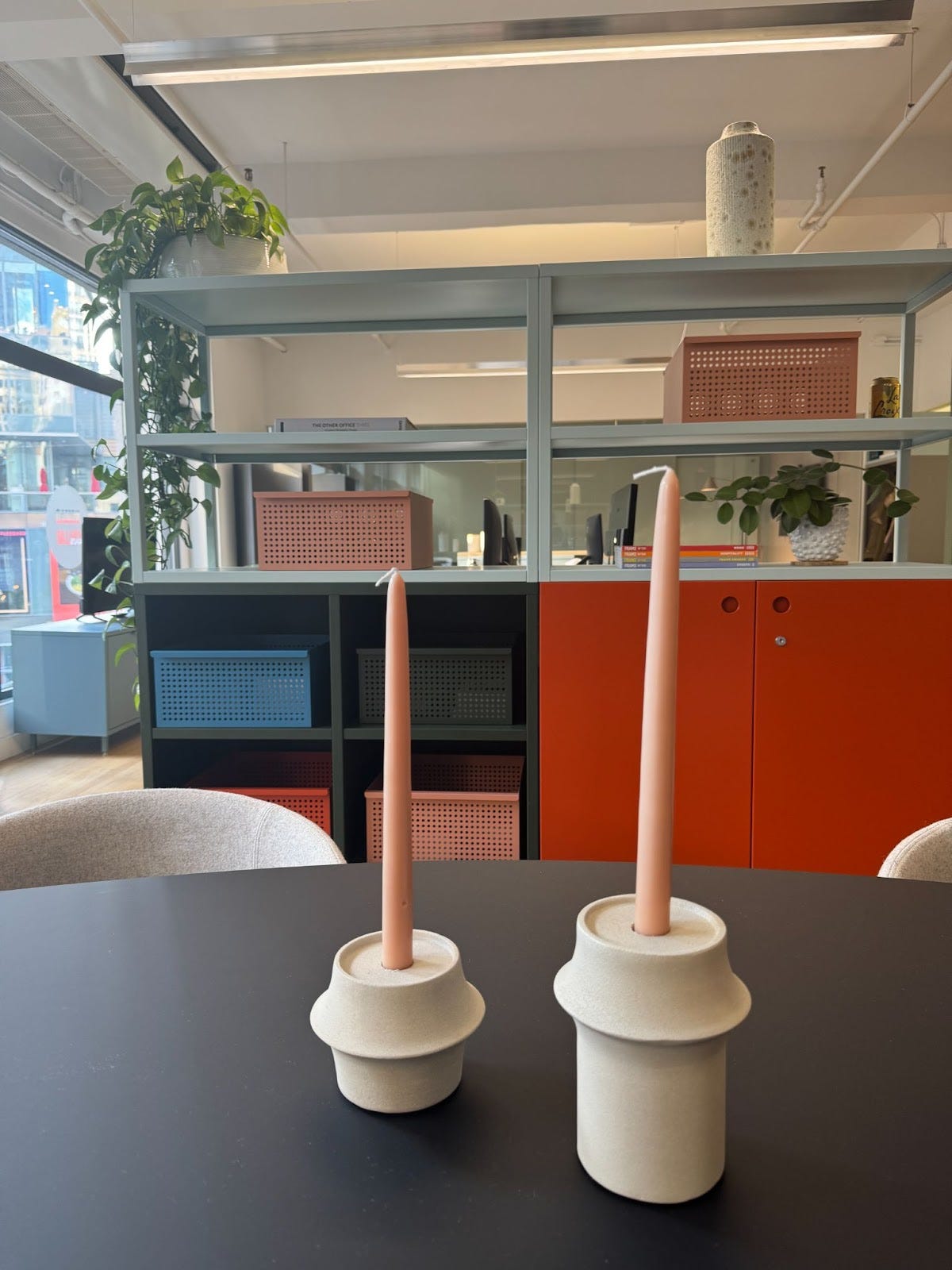

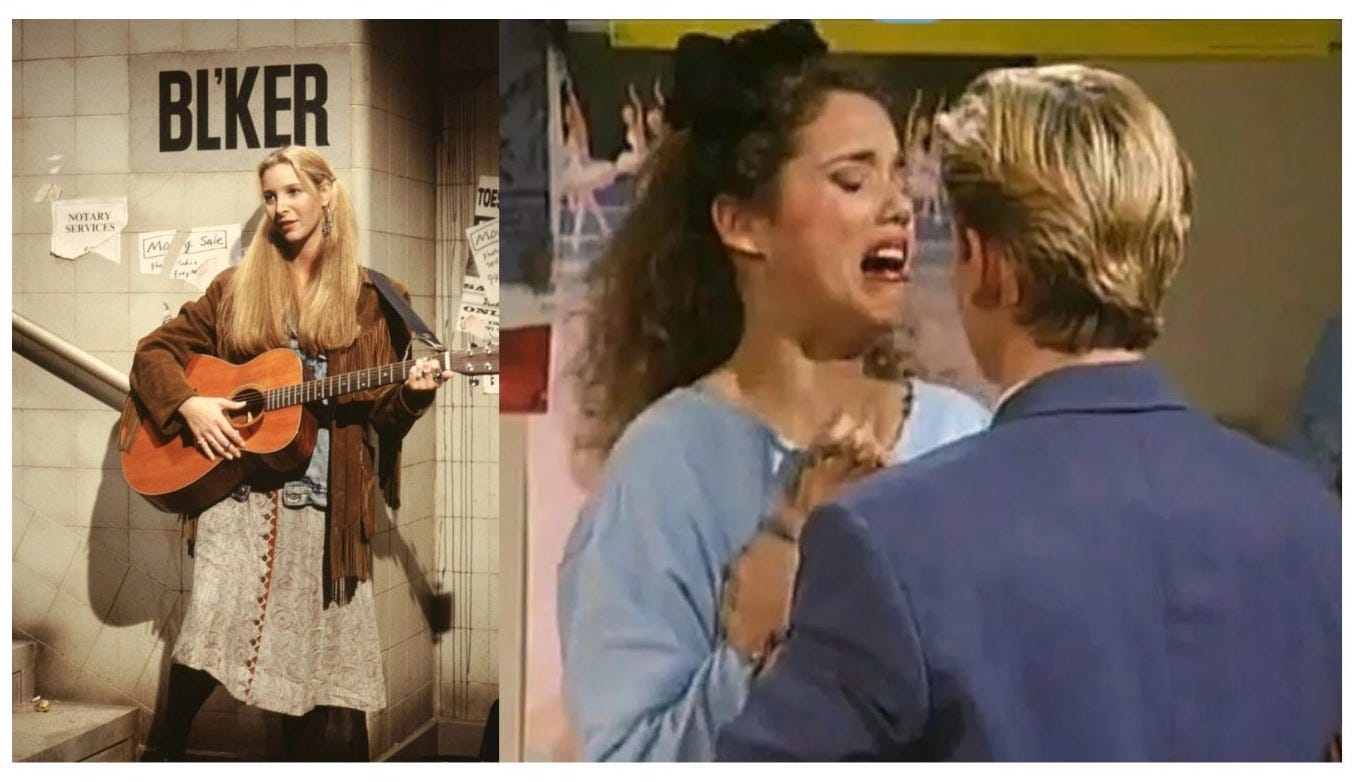

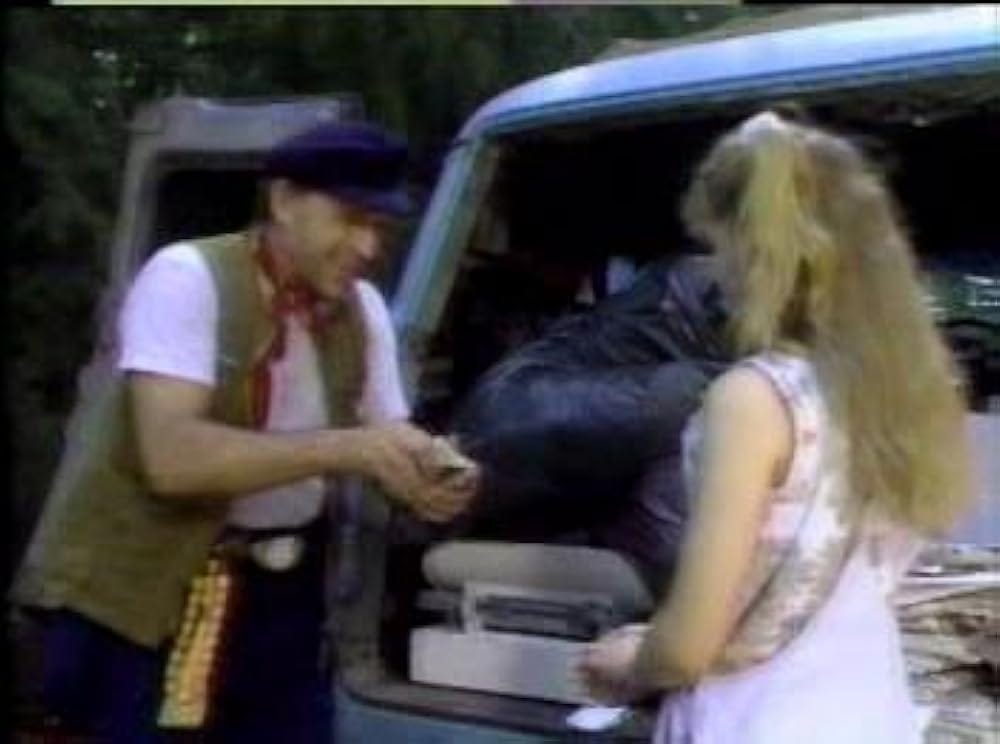
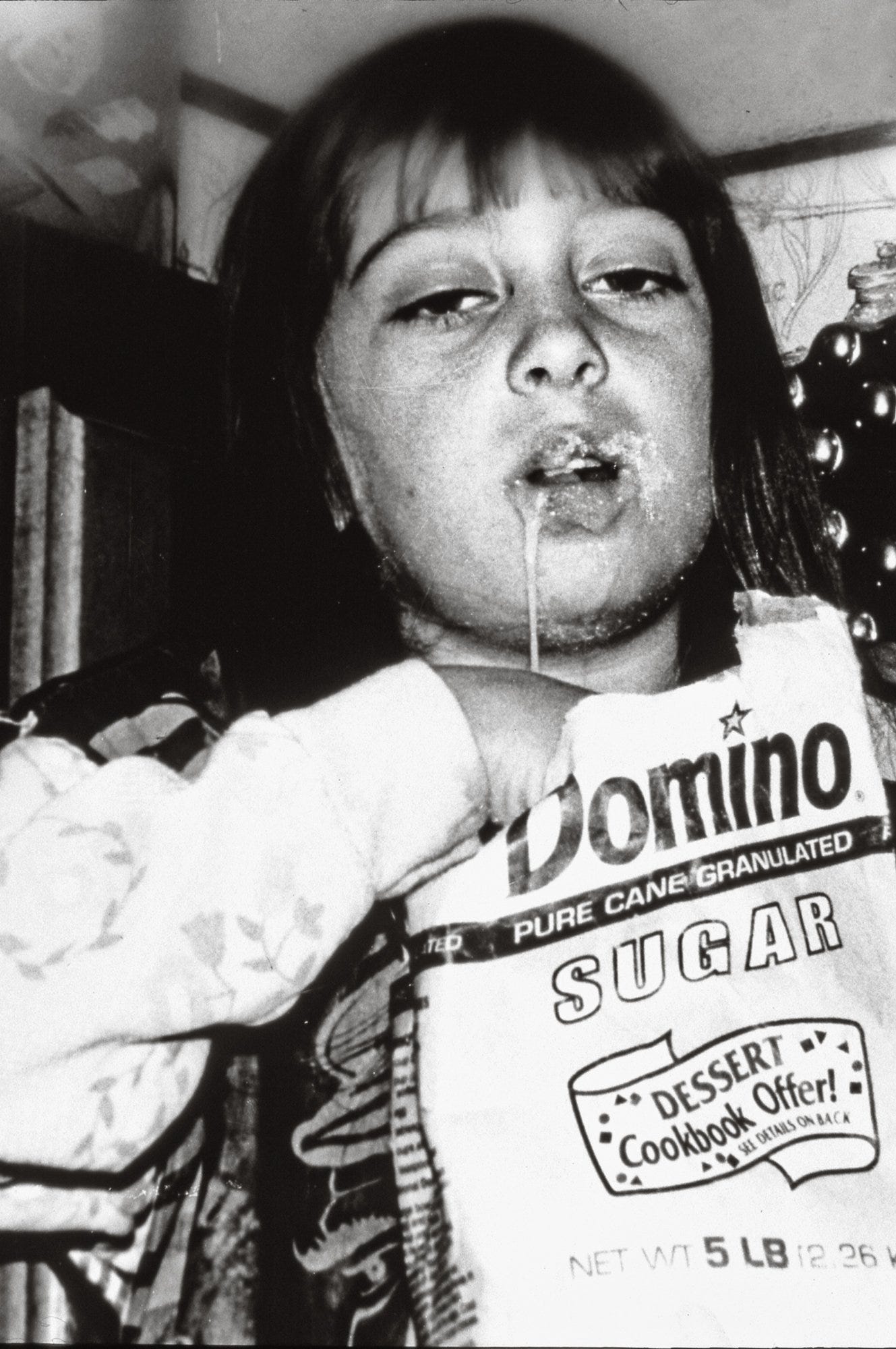
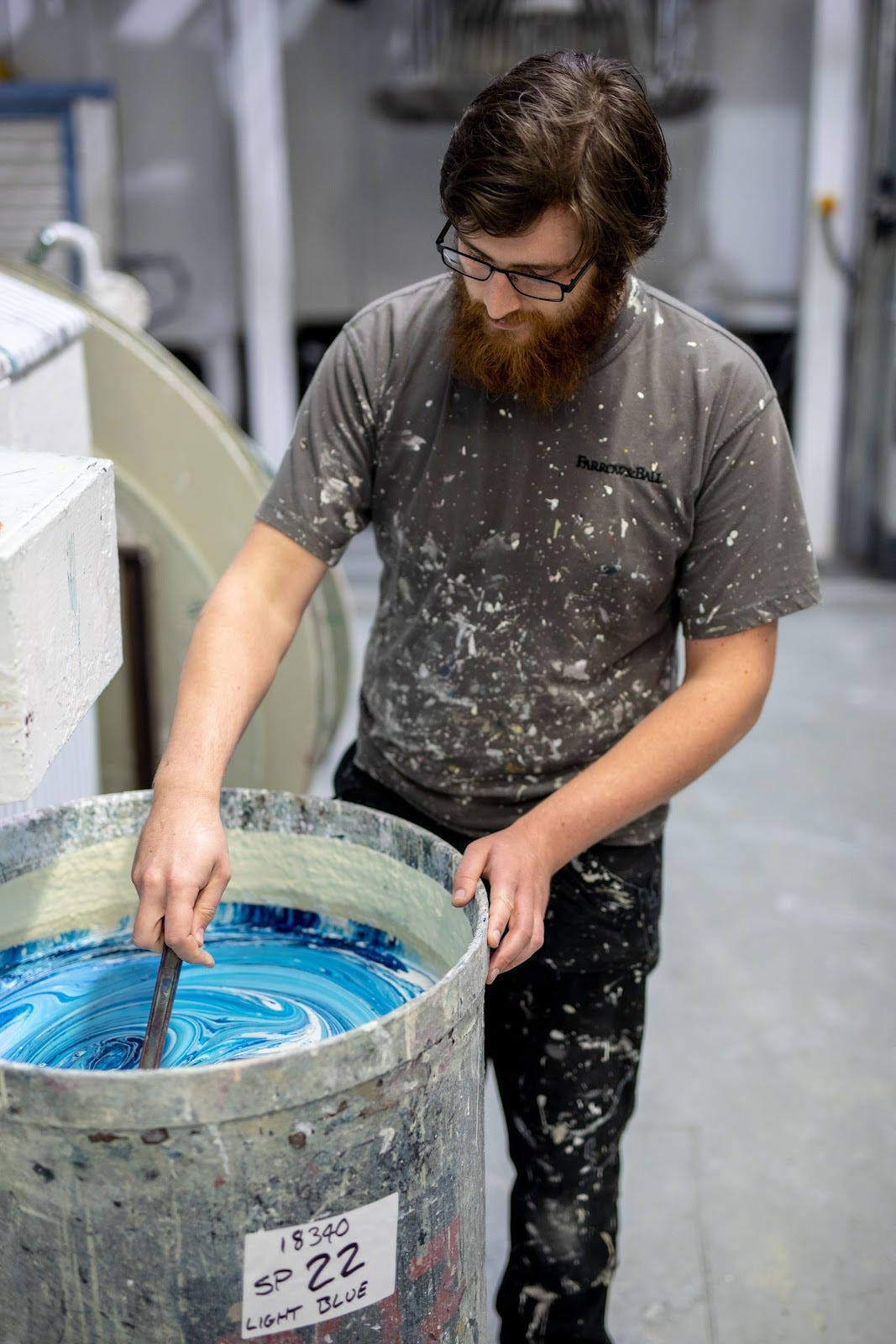

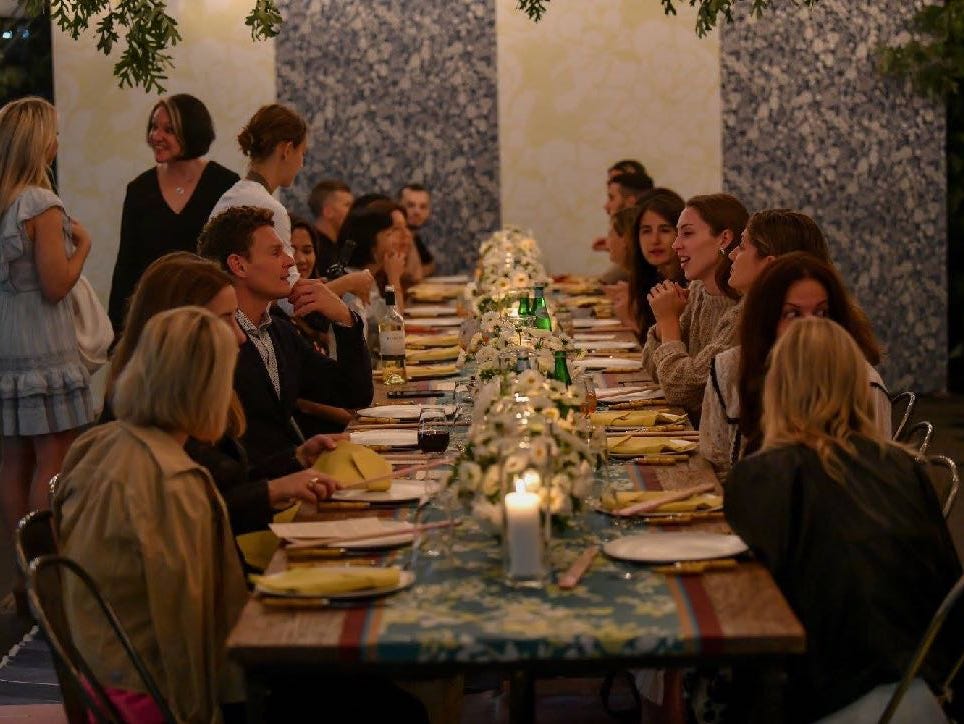

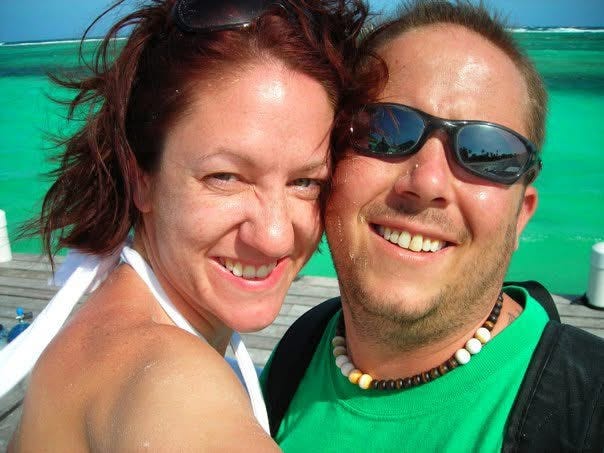
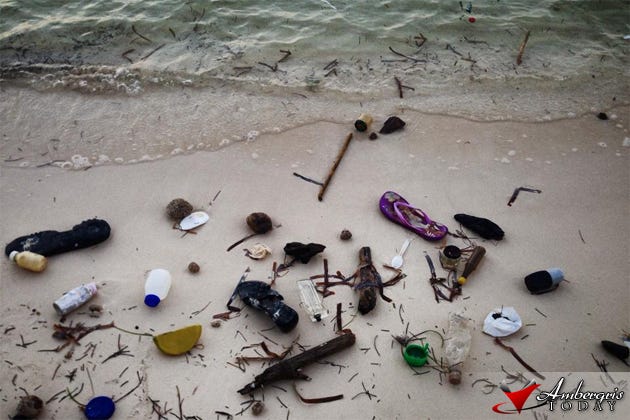
Don’t stop talking, acting and reacting. 🌿